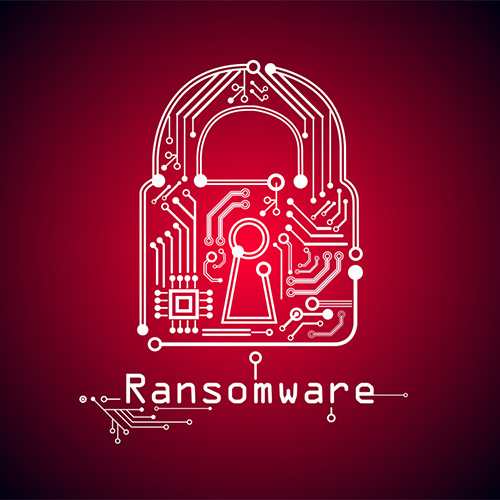
Distributed Denial-of-Service (DDoS) attacks have evolved from sheer traffic overloads to AI-driven, precision-guided threats.
In Q1 2025, incidents surged 358% year-over-year, with downtime-causing attacks up 53%.
AI now enables attackers to conduct real-time reconnaissance, adapt strategies mid-attack, and mimic legitimate user behaviour—making detection harder.
Tactics like dynamic vector switching, layer-hopping across OSI layers 3, 4, and 7, and time-based coordination allow attackers to bypass traditional defenses.
Many organizations only test a fraction of their exposed IPs and domains, leaving vast untested surfaces vulnerable.
A research shows 37% of enterprise attack surfaces remain exploitable even after traditional red team exercises.
Legacy DDoS defenses are straining, often activating only after disruptions begin.
Regulatory frameworks like DORA, NIS2, and SEC cybersecurity rules now require continuous proof of resilience, especially in regulated sectors.
The solution is continuous, non-disruptive DDoS validation—covering 100% of the attack surface, identifying weaknesses in real time, and ensuring compliance.
There are platforms that deliver full attack surface mapping, live simulations, and prioritized remediation without downtime, making resilience a routine process.
With AI-enhanced DDoS threats here to stay, organizations must adopt real-time, automated defenses to safeguard availability, compliance, and customer trust.
See What’s Next in Tech With the Fast Forward Newsletter
Tweets From @varindiamag
Nothing to see here - yet
When they Tweet, their Tweets will show up here.



























